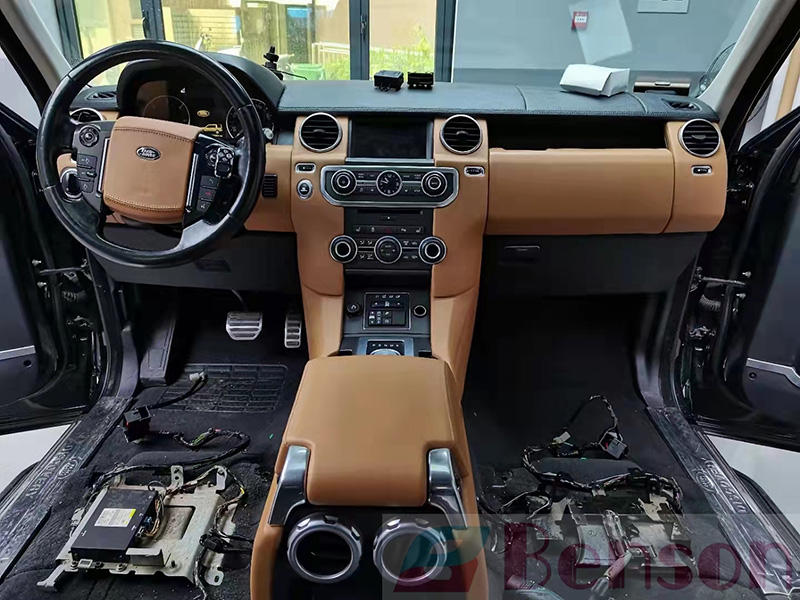As a result of an increase in the number of travellers in recent years, the number of reasonably priced vehicles that are available in the market has expanded significantly. As a direct consequence of this, increasing expectations have been placed on the interior design of automobiles to meet the requirements of being both aesthetically pleasing and comfortable. The market is being driven by the rising demand for customised automotive interior materials as well as the increased technical developments in the industry. As a result, businesses are beginning to offer individualised customisation options in order to develop cutting-edge indoor spaces in response to the needs of their clientele.
In addition, the growing health consciousness among customers is prompting businesses to develop environmentally friendly materials for the inside of automobiles, which will contribute to an increase in the level of comfort experienced by drivers. The market for vehicle interior materials is growing, and these variables are having an effect on that expansion.
Market Trend of Embracing Veganism and Bioplastics Fuelling the Market Growth
Plastics offer a number of benefits such as reduced weight, flexibility, and design, which is why the automotive industry has been using them for a long time for a variety of applications including interior, exterior, under the hood, and others. Because fossil fuel is a resource for plastics that is running out, the industry is currently adopting bio-based plastics to continue using autos for the purpose of ensuring weight reduction and robust performance.
This is being done in order to continue using automobiles. As an illustration, the Lexus HS 250h has an interior that is fabricated from bioplastics. Numerous bio-based plastics, including bio-polyesters, bio-PET (polyethylene terephthalate), and PLA-blends (polylactic acid), have been incorporated by major automakers like Toyota into a variety of interior components of vehicles. These bioplastics are used in place of traditional petroleum-based alternatives.
Regulatory Environment and Need for Less Weighing Materials is Favouring Expansion
The primary goal of the automobile industry is to lessen the amount of fuel consumed and pollutants produced by vehicles while simultaneously cutting down on their overall weight. As a result of this, customers are gravitating toward purchasing a variety of lightweight materials, which is expected to boost the overall market growth. As a result of the implementation of severe regulations such as CAFE (Corporate Average Fuel Economy), automotive manufacturers are striving to increase their use of lightweight materials in vehicles. These materials include plastics and textiles, among others. For example, the CAFE rules that will be in effect in North America in the year 2025 will require automakers to achieve a fleet average of at least 54.5 mpg. In addition, the adoption of materials such as plastics and composites gives automobile manufacturers more leeway to alter the design in order to achieve the highest possible level of performance. In addition, limits on the use of natural leather imposed by PETA (People for the Ethical Treatment of Animals) are driving up demand in the automotive sector for lightweight synthetic leather. This demand is being driven by rising levels of consumer awareness.
Market Segmentation
Type
Polymer
Genuine Leather
Fabric
Synthetic Leather
PVC
PU
Others
Vehicle
Passenger Cars
Light Commercial Vehicle
Heavy Commercial Vehicle
Buses & Coaches
Application
Dashboard
Door Panel
Seats
Floor Carpets
Others (Headliners, Sun Visor, Interior Lighting, Rear seat entertainment)
End-users
OEMs
After Market
Post time: Feb-24-2023







